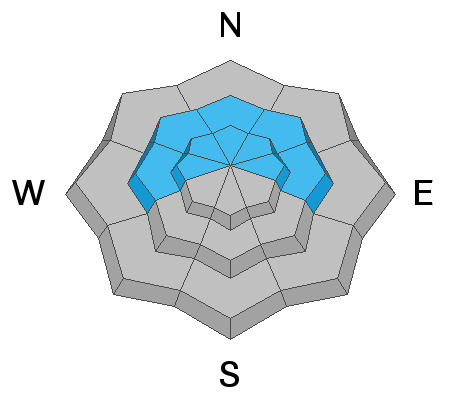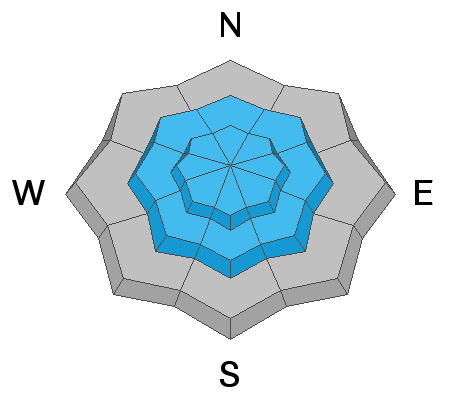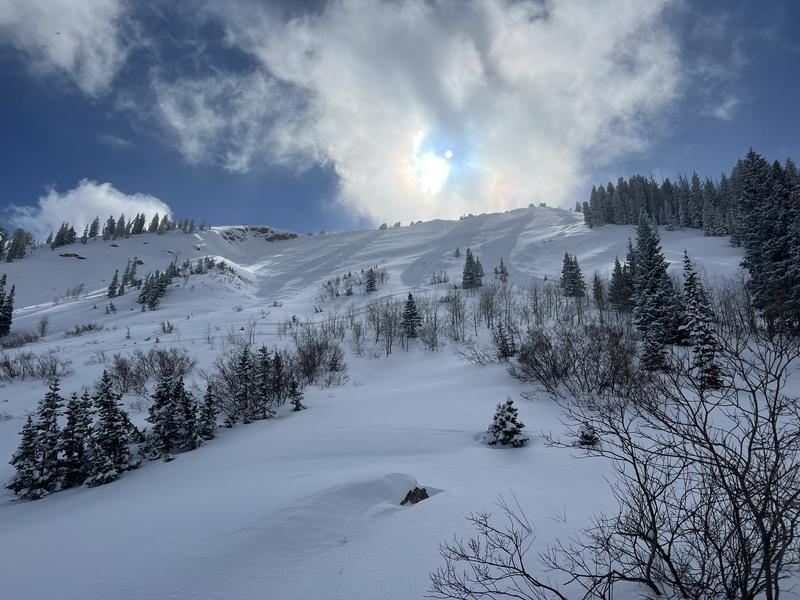Forecast for the Provo Area Mountains

Issued by Greg Gagne on
Monday morning, March 7, 2022
Monday morning, March 7, 2022
There is a MODERATE danger on steep west to north to east-facing aspects at the mid and upper elevations where it is possible to trigger an avalanche 1-2' deep failing on a buried persistent weak layer of faceted snow.
There is a MODERATE danger on all aspects at the mid and upper elevations. This involves fast and long-running sluffs in the new snow as well as isolated pockets of fresh wind drifts at the upper elevations. Wet-loose avalanches are possible if the slope you are on has any extended period of direct sunshine.
There is a LOW avalanche danger on all low-elevation slopes.

Low
Moderate
Considerable
High
Extreme
Learn how to read the forecast here









